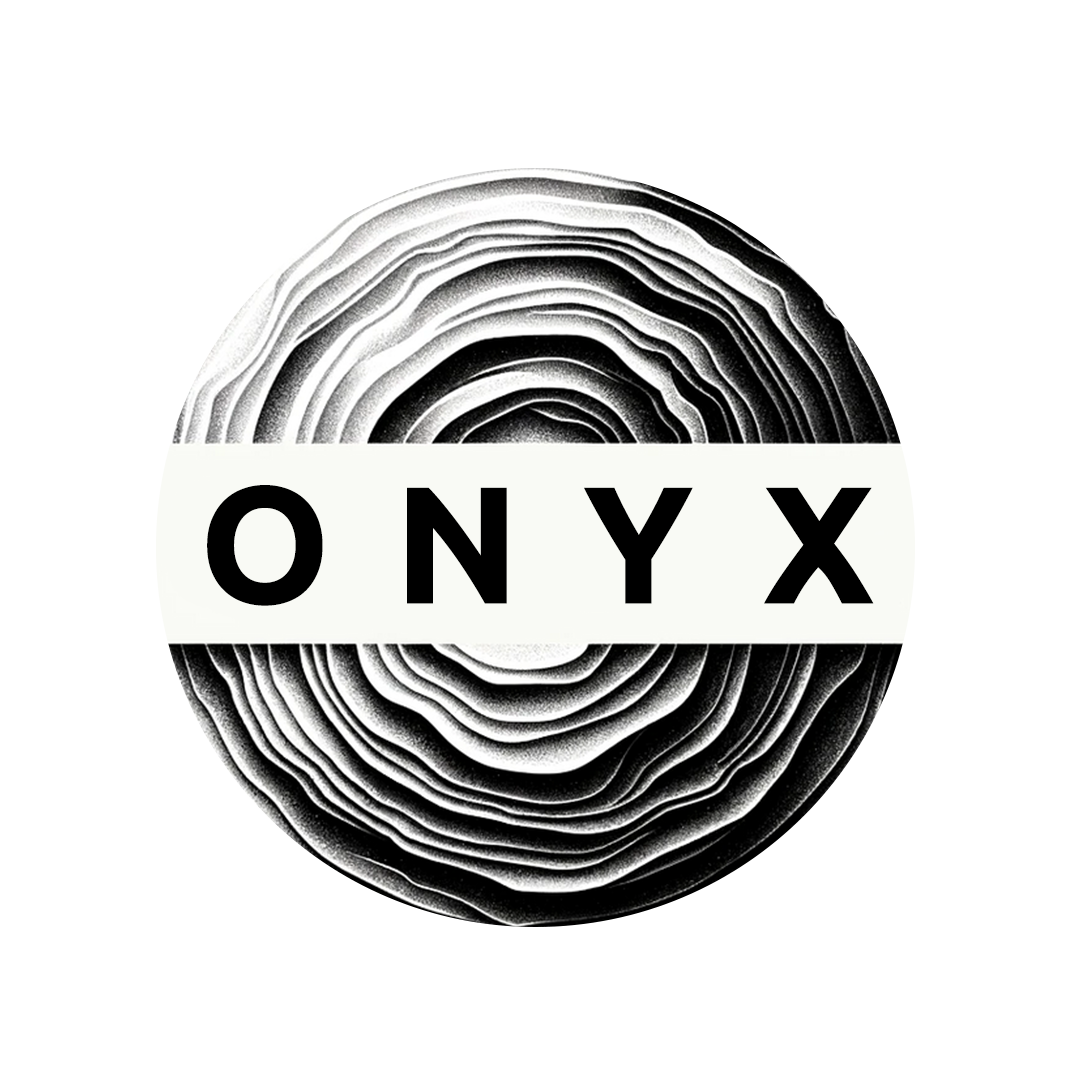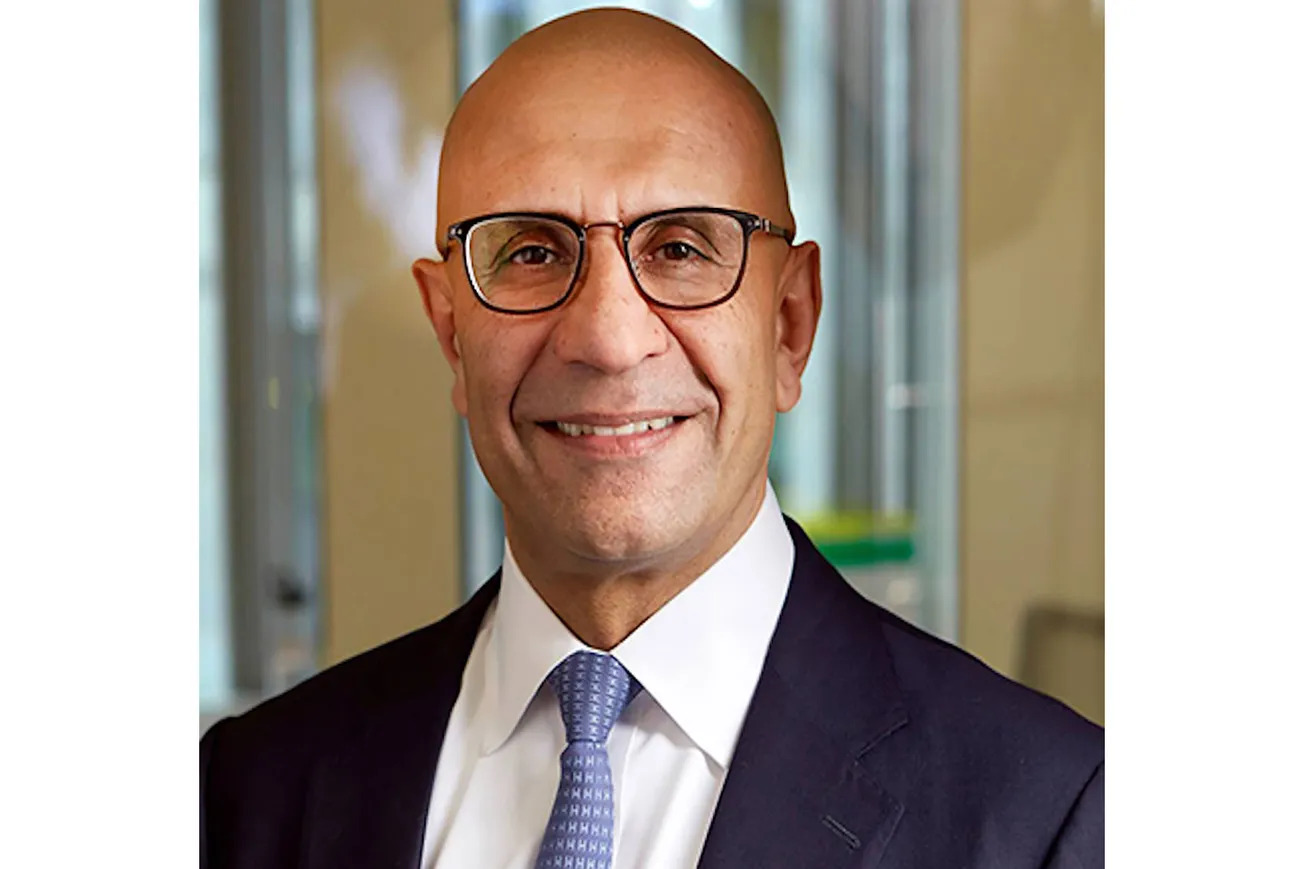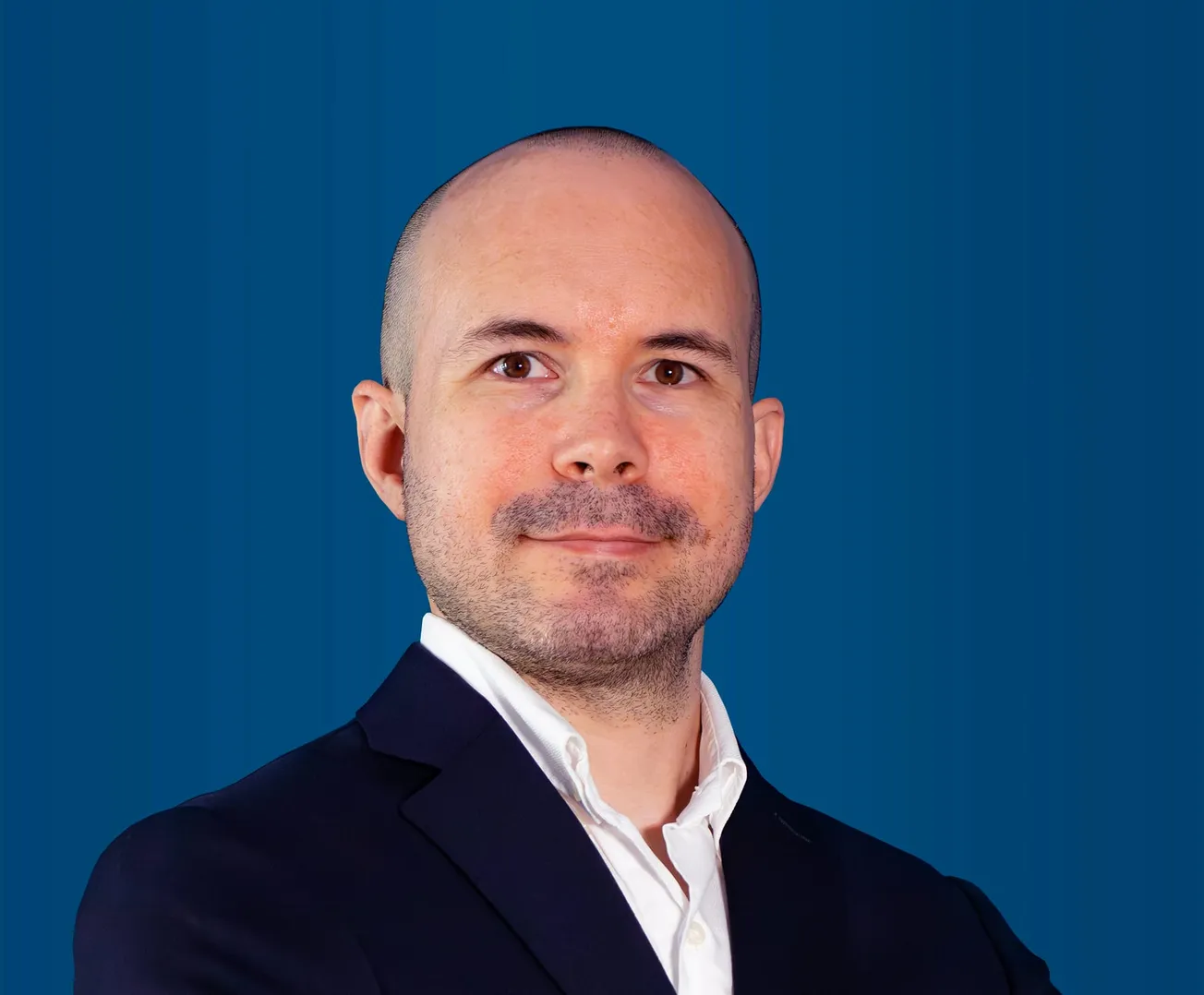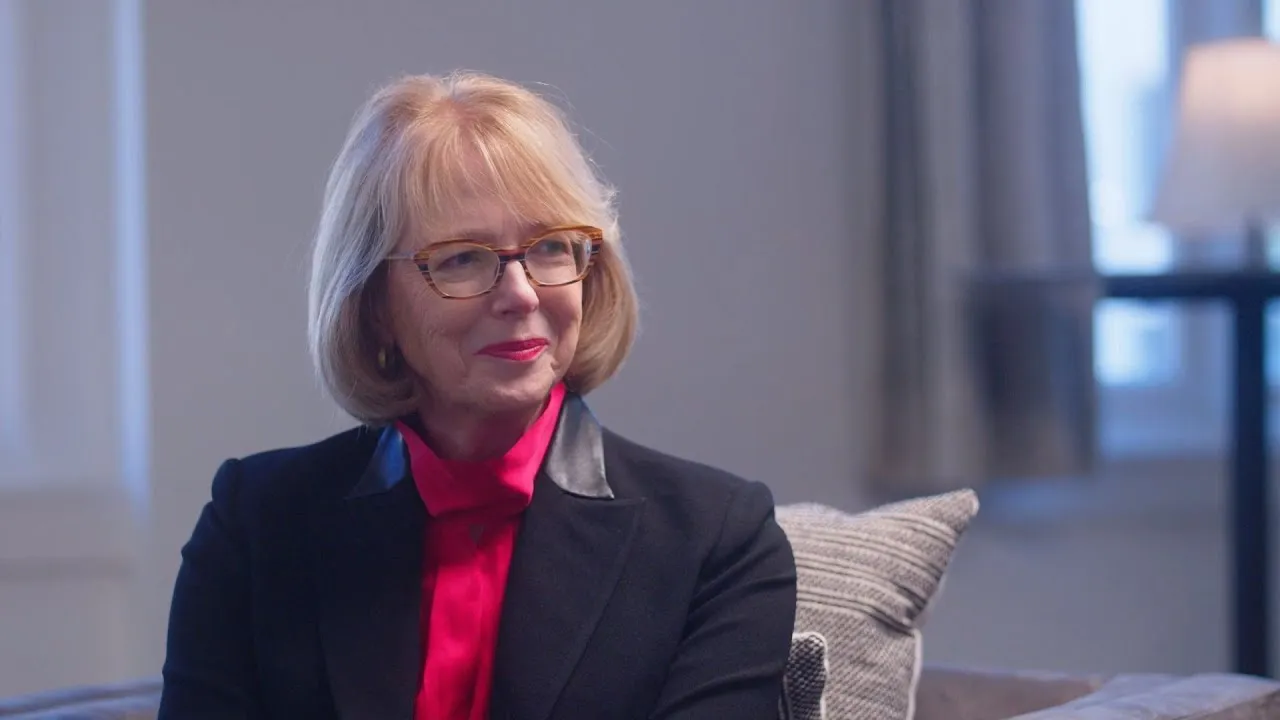Table of Contents
Ron Cooper, CEO of enGene, sat down with Onyx for a feature-length interview.
There can’t be many executives with the industry-wide experience you have. Could you tell us a bit about your career?
I'm in chapter three of my career. The first chapter was with big pharma. I spent nearly three decades at Bristol Myers Squibb, working across five countries and about twelve different types of businesses. My last role there was President of Europe, where I ran a $4.5 billion business across 30 countries.
‘Chapter two’ was my move into a more entrepreneurial environment. I took on Albireo Pharma, a spin-out from AstraZeneca focused on liver diseases. The company had many great strengths but a somewhat diffuse strategy and we decided to build a pediatric liver company. We developed a product called Bylvay, the first drug for a rare pediatric liver disease. We had a successful Phase 3 study, achieved approvals in the US and Europe, and launched globally with great success. We also advanced two products from the lab into Phase 1 and 2 trials. Eventually, Albireo was acquired by Ipsen for $1.2 billion in value.
When the opportunity at enGene came along, I couldn't resist, and in Chapter three, there were three things that attracted me. First, the treatment landscape for non-muscle invasive bladder cancer is diabolical. Patients often receive BCG therapy, which has been in short supply due to a single supplier and decade-long backorders. Many end up undergoing radical cystectomy—bladder removal—which has about a 10% mortality rate and significant morbidity, including the need for an ostomy bag and impact on sexual function.
Second, enGene's product, detalimogene, is an elegant, highly differentiated therapy. It's designed for community urologists and offers competitive efficacy with best-in-class tolerability. The convenience factor is huge. Traditional BCG treatment requires six intravesical instillations every week, and if it doesn't work, six more.
Our therapy involves instillations in weeks one, two, five, and six, repeated four times. Patients, often in their seventies and eighties, spend only an hour in the clinic without any bladder pre-wash required, as is needed with some products in development. It's almost like giving saline. For busy urology practices, it's easy to integrate—no special handling or equipment needed.
Third, there's a real dislocation in the marketplace regarding the value of enGene. Many don't realize this isn't a winner-take-all scenario. New agents like ours will be sequenced after each other, potentially expanding the market from an estimated $2 billion to over $20 billion. Additionally, because enGene is a little-known Canadian company that became public through a less traditional route, there's a significant opportunity to raise our profile.
Could you delve deeper into the science behind your therapy?
We have a robust platform called DDX, developed by our founder, who's now our CSO. It's a Dually Derivatized Oligochitosan platform that's been refined over 20 years. What's fascinating about our product is that it uses four readily available ingredients. Because it's administered intravesically—directly into the bladder—we can deliver a substantial genetic load.
Specifically, we deliver RIG-I and IL-12 genes. Together, they impact both innate and adaptive immunity, essentially turning the therapy into a localized immunotherapy. The secret sauce is our ability to get through the mucosal barrier and transfect genes directly into the bladder cells.
Beyond bladder cancer, what potential do you see for this technology?
We've demonstrated that we can traverse mucosal layers, which are present in various parts of the body—like the lungs, gastrointestinal tract, and more. When it comes to gene therapy, getting therapeutic genes into cells is challenging, especially without triggering the body's immune response. Viral vectors can carry only so much genetic material and can elicit immune reactions.
Our non-viral platform isn't limited by payload size, and because it's localized, it minimizes systemic exposure. This opens doors to treating diseases in other mucosal tissues. Our research team is actively exploring where our platform can make a significant impact on patients beyond bladder cancer.
What outcomes are you seeing with your therapy?
I'm genuinely excited about the results we're seeing. Even in our early data, we have complete response rates over 70%. For patients in their seventies and eighties, who currently endure intensive BCG therapy and face the prospect of bladder removal, this is significant.
Non-muscle invasive bladder cancer has about a 20% chance of progressing over a ten-year period. While some opt to wait and watch, this often leads to muscle-invasive disease, which is much more serious.
With new agents like ours, I envision a world where these patients can keep their bladders and ultimately die of something else, not bladder cancer. Our therapy is easy for patients—well-tolerated, low dwell time, and administered in local urology offices. Physicians appreciate that it's a lyophilized powder, easy to handle, and doesn't require them to change their practice routines. We believe detalimogene could transform how non-muscle invasive bladder cancer is treated.
How are things progressing with the FDA?
This is a great example of collaboration between industry and regulators. In 2018, the FDA recognized the unmet need in non-muscle invasive bladder cancer and issued guidance to stimulate innovation. They lowered the bar to allow for single-arm, open-label studies with around 100 patients for approval.
We've engaged with them regarding our program, and they've confirmed that our LEGEND study, which is currently enrolling, is a pivotal program. In August, the FDA updated their draft guidance, reiterating that despite some new products entering the market, the same regulatory pathway applies. This signals that the unmet need remains high. We're optimistic that agents like ours will soon be in the hands of physicians, offering better options for patients.
What's your commercialization strategy?
Starting with the US, we're prepared to launch detalimogene on our own. We estimate needing between 40 to 60 sales representatives, which is manageable for a biotech company like enGene.
Having been on the big pharma side, I usually caution against biotech companies launching products due to the complexities involved. However, there are exceptions—when the target area is focused and when the company is prepared to adapt its leadership and capabilities. That's part of why I'm here.
For Europe and the rest of the world, we'll evaluate our options. I have extensive experience in Europe, so we'll consider our regulatory and development strategies carefully. We might pursue partnerships or licensing agreements, especially in regions where it makes sense for a small company like ours.
Looking ahead to 2025, what's the plan for enGene?
We aim to have our pivotal LEGEND study fully enrolled and plan to provide updates on our data. Additionally, we've initiated three new cohorts to broaden our understanding and provide more information to the medical community.
The pivotal program focuses on NMIBC patients resistant to BCG with carcinoma in situ (Cis). The new cohorts include BCG-naïve patients who haven't received BCG, BCG-exposed patients who didn't complete the full course due to supply issues or other reasons, and patients with papillary disease.
We believe detalimogene could have a significant impact across all these groups. By the end of this year, we'll have opened these cohorts, and we hope to have data next year. So, 2025 will be pivotal in advancing our mission.
What trends should we be looking out for in the industry?
First, I think the fragility of healthcare systems worldwide is overlooked. Post-COVID, hospitals, especially in the US, are struggling. They're capital-intensive and people-intensive, and finding qualified staff, like nurses, has been challenging. Rising costs add more pressure, making it hard to deliver care efficiently. Therapies like ours, designed to be efficient and easy to use, can help.
Second, the evolving landscape of reimbursement and policies like the Inflation Reduction Act (IRA) in the US is a significant change. While I understand the need for cost-effective drugs, I'm concerned about the effect of IRA impacting innovation. Companies like ours, and those behind us, might face challenges if the business model is disrupted by drastic reductions in net margins.
The third trend is the explosion of scientific innovation. We've moved from small molecules to biologics, and now to cell therapies, gene therapies, radiopharmaceuticals, and antibody-drug conjugates (ADCs). We're in an incredible scientific period with the potential to make a substantial impact on patient care. Delivering non-viral gene therapies with significant payloads, like what we're doing at enGene, is cutting-edge science.
Lastly, when you're tasked with reinvigorating a company and integrating your leadership style, how do you approach that challenge?
It starts with using these big things called ears. I've moved around the world multiple times, inheriting teams in different countries—UK, Netherlands, Canada, France, the US. Individuals in our industry are here because they want to make an impact on patients and be part of something bigger.
When you take on a new role, it's crucial to listen and not just apply a one-size-fits-all approach. Often, when you inherit a team, the challenge isn't a lack of capability or energy; it's that previous leadership may not have listened enough or provided clear direction. By engaging with the team and harnessing their insights, you can create tremendous value and make a significant impact for patients.





